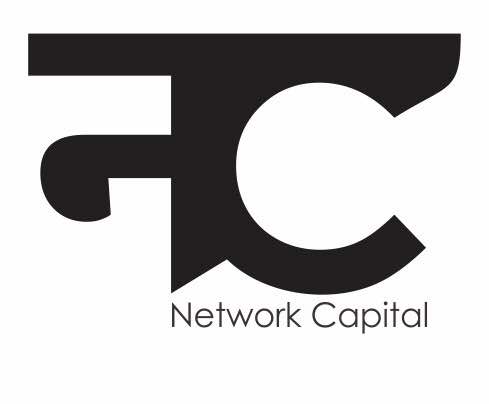Subscribe to read more
The idea of availability cascade was first developed by Timur Kuran and Cass Sunstein.The #MeToo movement in 2017 came like a tsunami. In a short span of time it went from being an American discussion on sexual-abuse allegations against Harvey Weinstein to a global dis- course on gender-based violence. Most, if not all, internet using audience engaged with the #MeToo movement. The movement made us all aware, it forced most of us to think and led many of us to react. This awareness, thought and action created a reinforcing cycle of growth that emerged as a pivotal contributor to the scale of the #MeToo movement. Today, the #MeToo movement has led to tangible legislative changes and judicial convictions.
In theoretical terms, the #MeToo movement is an important example of the availability cascade effect. Typically, availability cascade is a composite
1. Informational cascade: Self-enforcing process of information transmission. It creates a situation where people base their stance and opinion on information provided by others, assuming that others are more knowledgeable.
2. Reputational cascade: To avoid social disapproval and criti- cism, people tend to spread and support certain opinions and perspectives online, while they actually may not believe in the said opinion.
Information and reputational cascade together facilitate the availability cascade. Building on this concept, Nobel Laurette, Daniel Kahneman, in his book Thinking, Fast and Slow develops the idea of availability entrepreneurs. Availability entrepreneurs process that involves the following. are individuals and organizations that leverage availability cascade to further a certain goal or agenda.
For us to become availability entrepreneurs we must
(a) determine the importance and relevance of our concept;
(b) make it bite- sized and easy to understand; and
(c) use social media to scale.
In theoretical terms, the #MeToo movement is an important example of the availability cascade effect. Typically, availability cascade is a composite
1. Informational cascade: Self-enforcing process of information transmission. It creates a situation where people base their stance and opinion on information provided by others, assuming that others are more knowledgeable.
2. Reputational cascade: To avoid social disapproval and criti- cism, people tend to spread and support certain opinions and perspectives online, while they actually may not believe in the said opinion.
Information and reputational cascade together facilitate the availability cascade. Building on this concept, Nobel Laurette, Daniel Kahneman, in his book Thinking, Fast and Slow develops the idea of availability entrepreneurs. Availability entrepreneurs process that involves the following. are individuals and organizations that leverage availability cascade to further a certain goal or agenda.
For us to become availability entrepreneurs we must
(a) determine the importance and relevance of our concept;
(b) make it bite- sized and easy to understand; and
(c) use social media to scale.

